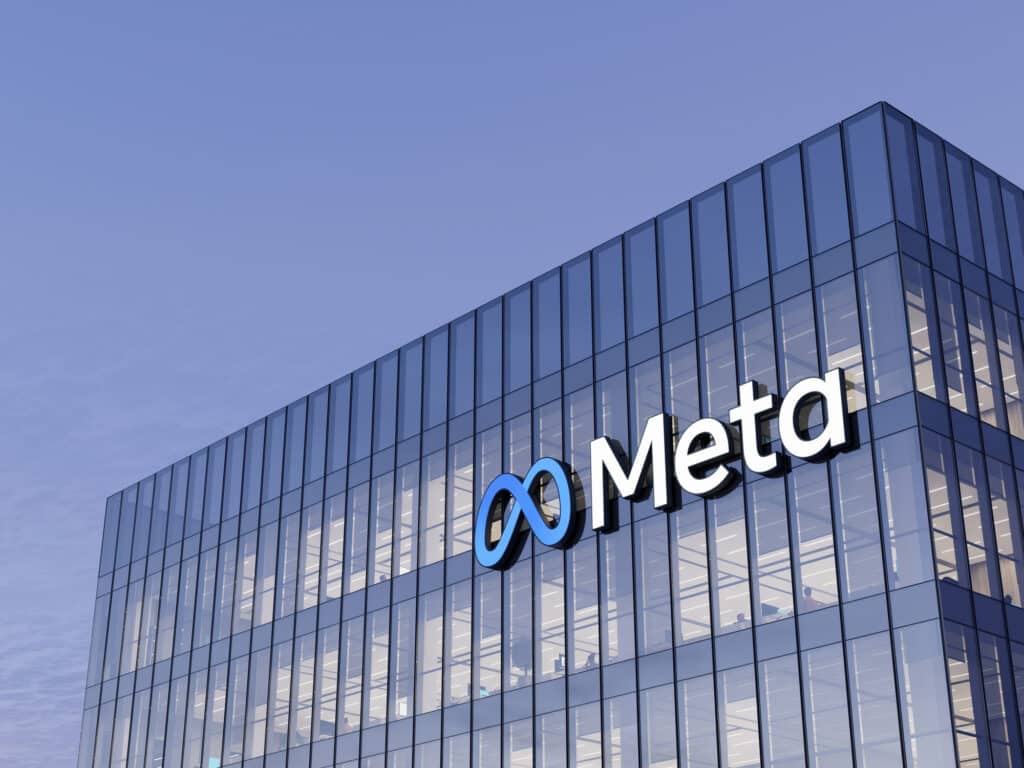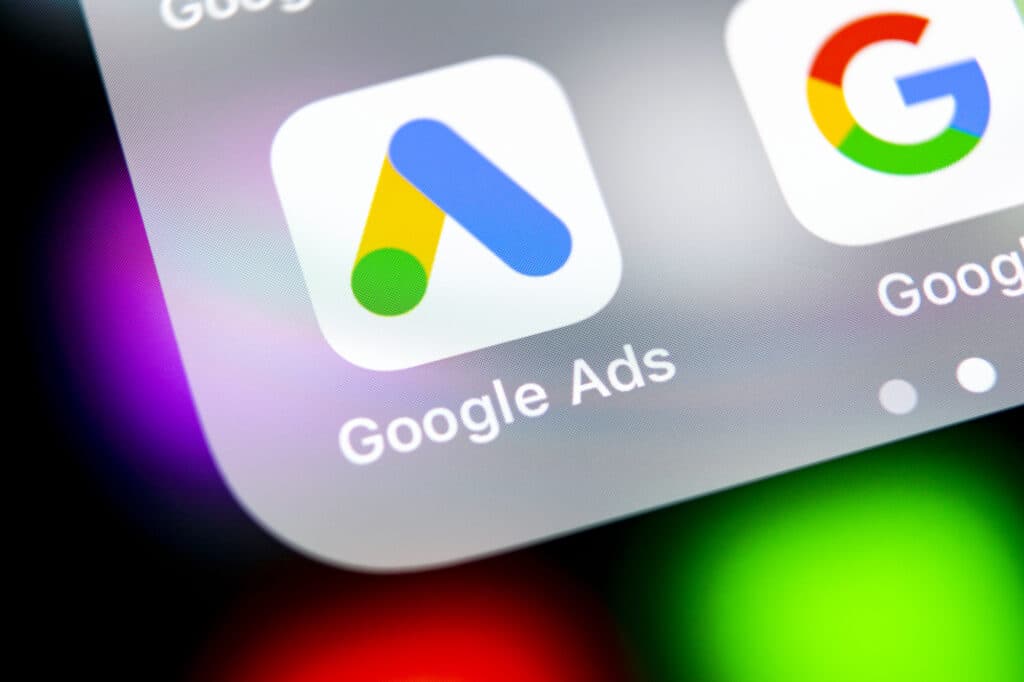Are your social media ads costing you more than they used to? You’re not alone—Meta’s recent move means higher fees for advertisers using Apple devices. This blog will show you what’s happening and offer tips on minimizing the impact on your budget.
Let’s dive in and save some cash!

Key Takeaways
- Meta plans to pass Apple’s 30% in-app purchase fee onto advertisers who boost posts through iOS apps. This decision comes as a response to Apple’s policy, which affects every payment made within apps on iPhones and iPads.
- Advertisers have options to avoid the extra costs by boosting posts through web browsers on computers or mobile devices, bypassing the need for in-app purchases and avoiding Apple’s fees.
- The change is first being implemented in the United States with potential global expansion, prompting marketers worldwide to reevaluate their digital advertising strategies.
- The new pricing strategy is also seen as Meta challenging Apple’s control over app payments and policies. It reflects ongoing tensions between tech giants and their impact on third-party advertisers’ budgets.
- Adjustments in ad spending will be necessary as businesses weigh the convenience of app-based promotions against increased expenses due to platform-imposed fees.
Meta’s Plan to Increase Advertiser Fees
In a bold move that directly responds to Apple’s hefty in-app purchase fees, Meta is poised to tweak its advertising cost structure, hitting marketers right where it hurts—their wallets.
This strategic shift means advertisers will soon feel the pinch when they opt for the convenience of promoting content via iOS apps.
Adding extra cost for boosting posts on Facebook or Instagram using Apple’s devices
Meta is taking steps to pass Apple’s costs onto advertisers aiming to catch more eyes on Facebook and Instagram. Using an iPhone or iPad means businesses promoting posts will see higher fees tacked onto their bills.
This move comes as Apple enforces a 30% cut for using its in-app payment systems – a significant uptick that Meta isn’t absorbing but redirecting to those buying ads.
Boosted posts on social platforms are vital for brands looking to expand their reach, and doing so directly from iOS devices has been convenient. However, this convenience now comes with an added price due to Apple’s fees.
Advertisers seeking promotion must brace themselves for steeper expenses when opting for the ease of boosting right from their handhelds unless they choose alternative methods like web browsers that circumvent these new charges.
Apple’s 30% fee for payments made through its system
If you’re boosting posts on iOS devices using Facebook or Instagram, prepare for a higher bill. Apple has set a standard: they take a 30% slice of the pie for any payment processed through their system.
This leaves businesses with added costs when they invest in advertising on these platforms. The fee isn’t just an invisible number; advertisers must put more money upfront into their accounts to cover this charge.
This policy impacts every purchase made within the apps on iPhones and iPads—affecting everything from game credits to social media promotions. As such, each time an advertiser decides to boost a post directly through the app, that extra 30% goes straight to Apple’s coffers before the promotion even begins its run.
This change is first rolling out in the United States but will soon reach other markets internationally, further stretching advertising budgets worldwide.
Implementation of the Change
Meta’s latest move in the digital advertising chess game is rolling out a fee adjustment for iOS-based advertisers. They’re tactfully passing Apple’s in-app purchase fees along to those who choose the ease of ad boosting within their apps, prompting a strategic decision point for budget-minded marketers.
Meta adding the extra cost to the bills of advertisers who boost their posts through the Facebook or Instagram apps on iOS devices
Meta’s new policy will directly pass Apple’s 30% fee on to advertisers. This means if you’re using an iPhone or iPad to pay for boosting posts on Facebook or Instagram, your bill will see this additional charge.
It’s a significant shift that marks the first time these extra costs are not being absorbed by Meta itself.
For those looking to avoid the higher fees, consider boosting posts through web browsers instead of iOS apps. This workaround allows you to bypass Apple’s payment system and its corresponding charges.
As this change rolls out initially in the U.S., keep an eye out for updates on when it might affect other countries where your ads run.
Advertisers have the option to boost posts through the websites on a computer or mobile browser to avoid the extra cost
Advertisers seeking to maximize their budget now have a savvy workaround to sidestep Apple’s hefty fees. By choosing to promote their sponsored content directly from the websites on a computer or mobile browser, marketers can bypass the 30% cut that comes with transactions made through iOS apps.
This strategy not only keeps costs down but also ensures that more of their advertising spend goes straight into reaching their target audience.
To make this approach even more appealing, advertisers can pre-load funds into their account before boosting posts online. This preemptive move eliminates the need for in-app purchases and dodges the extra charges associated with Apple’s payment system.
Marketing professionals looking for cost-effective digital advertising solutions are swiftly adopting this method to enhance ad campaigns without inflating expenses due to platform-imposed fees.
Implications and Challenges
The move to increase fees for advertisers on Meta’s platforms raises questions about the balance between user convenience and the platform’s pushback against Apple’s stringent payment policies.
With both small businesses and large brands relying heavily on social media marketing, the added costs might alter digital advertising strategies across industries.
Convenience of buying boosts inside the apps on Apple devices
Buying boosts directly through the Facebook or Instagram apps on Apple devices has always offered a smooth, hassle-free experience for advertisers. With just a few taps, they can amplify their reach without leaving the app, which is especially useful when on the go or in the middle of a busy day.
This simplicity and speed have made mobile app boosts a popular choice among digital marketers who prioritize efficiency.
However, Meta’s new policy introduces an additional cost for this convenience due to Apple’s app store fees. Advertisers now face a dilemma: stick with the easy in-app purchases and absorb the higher advertising costs or switch to using web browsers for their transactions to sidestep these extra charges.
This decision hinges on whether quick access outweighs the potential increase in expenses for each business running online campaigns via mobile devices.
Meta’s intention to challenge Apple’s control over app payments and policies
Meta is taking a stand against Apple’s tight grip on the App Store. By hiking fees for advertisers using iOS devices to boost posts, Meta sends a clear signal that it disagrees with Apple’s policy of taking a 30% cut from in-app payments.
This bold move by Meta aims not only to recoup costs but also to push back against what it sees as an unfair advantage held by Apple in the digital marketplace.
Advertisers are feeling the ripple effects of this power struggle between tech giants. They now face extra charges when they want to promote their content directly through Facebook or Instagram apps on iPhones or iPads.
While some may choose to pay more for the convenience, others might look for workarounds like using web browsers, which bypasses Apple’s additional fee altogether. This dynamic highlights the tension between ease-of-use and cost, reshaping how businesses think about advertising strategies in the age of app store dominance.
Conclusion
Advertisers now face a new hurdle in the social media realm. They’ll either pay an extra fee for app-based promotions on Apple devices or opt for alternative routes to avoid it. This move shakes up the digital marketing playbook, pushing businesses and influencers to adapt swiftly.
Navigating these waters requires a keen eye on costs and strategic planning in promotions. With change comes innovation, and savvy marketers will undoubtedly find creative solutions to thrive under these new rules.


